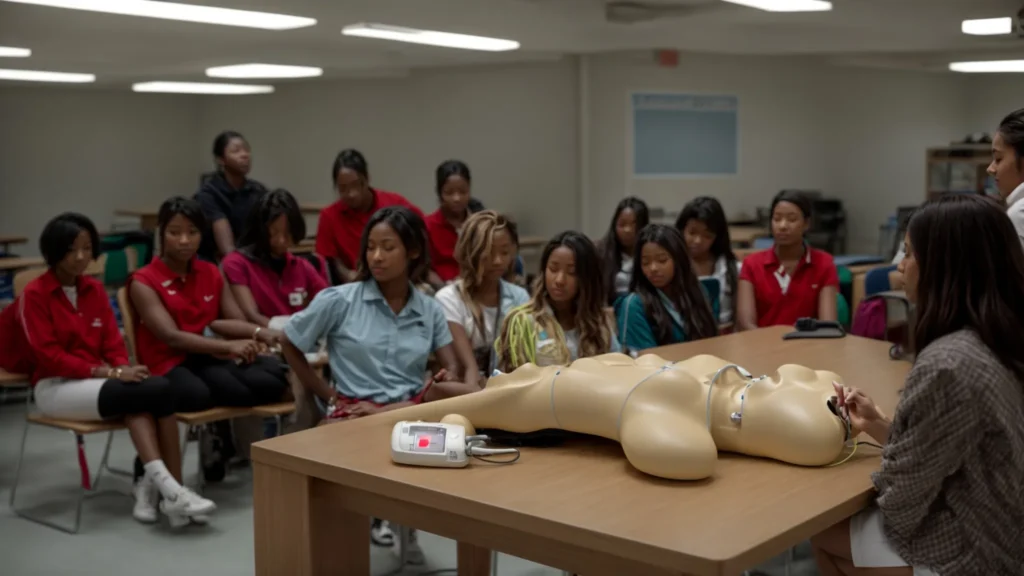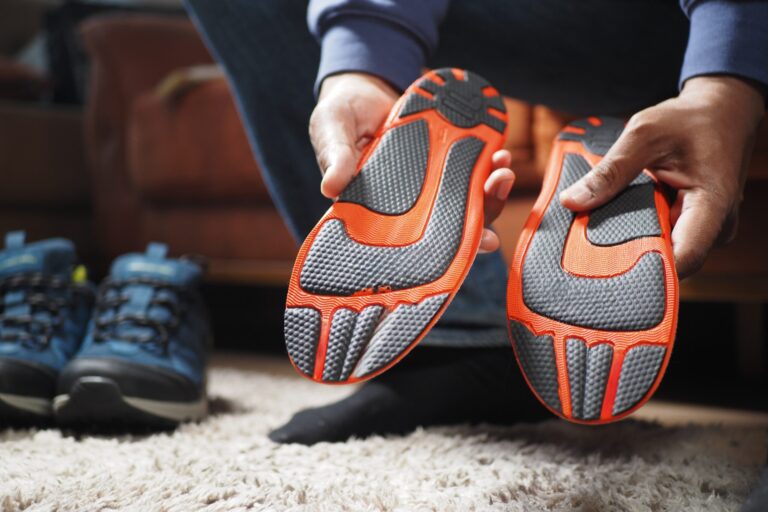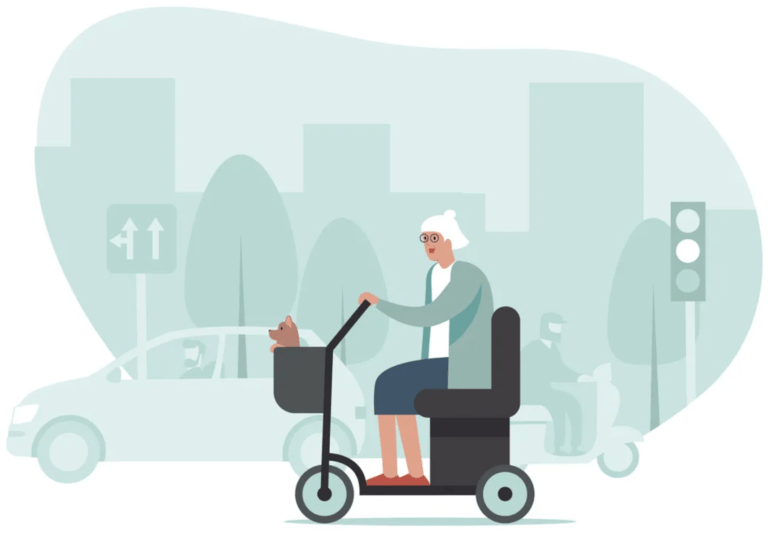The Lifesaving Power of AED Classes
In the moment of a cardiac emergency, the difference between life and death can often be measured in minutes. Automated external defibrillators (AEDs) are crucial devices that can provide lifesaving electrical shocks to victims of sudden cardiac arrest. Learning how to effectively deploy these machines can be the deciding factor in a heart-stopping situation.
Understanding the Importance of Automated External Defibrillators in Emergency Situations
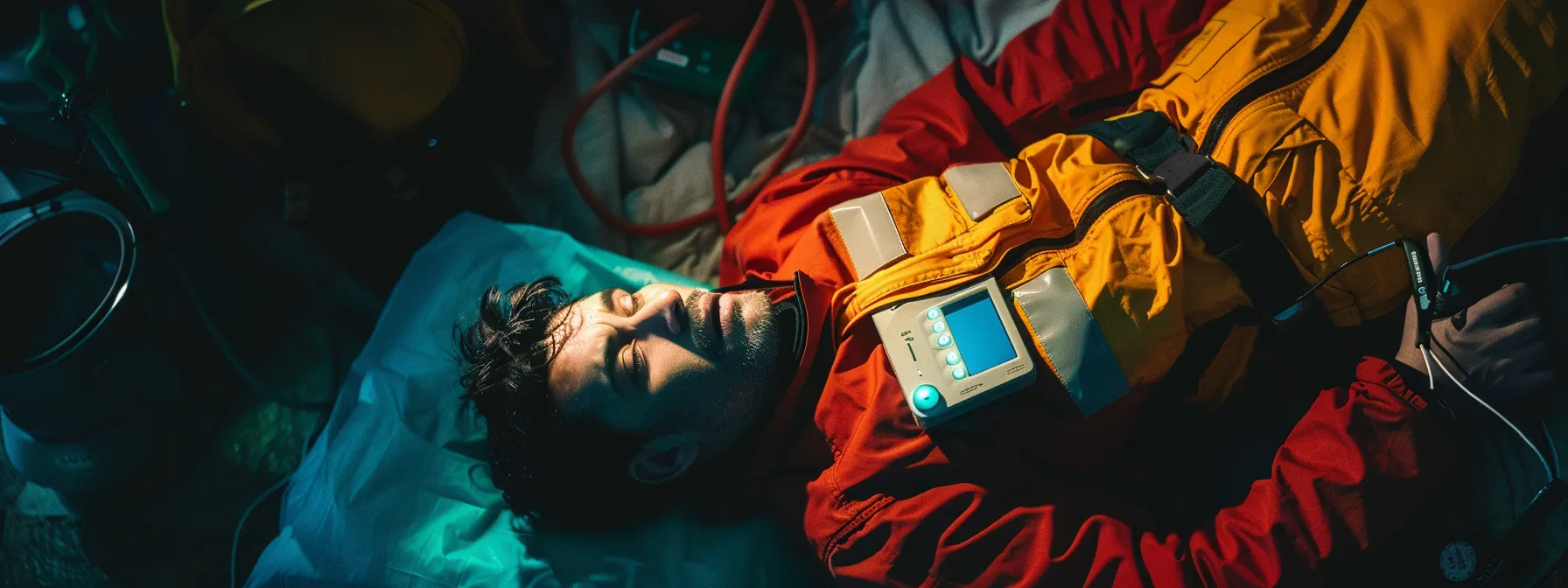
Automated external defibrillators are pivotal during the critical window following a sudden cardiac arrest. When the heart abruptly stops beating effectively, an AED can restore a regular rhythm before emergency responders arrive. Given the time-sensitive nature of such medical emergencies, the presence of AEDs in public places and the knowledge to use them can significantly improve survival rates.
The heart’s erratic rhythm during a cardiac emergency, known as ventricular fibrillation, requires a rapid response. AEDs are designed for swift use by the general public, with voice prompts and simple instructions to guide untrained users. Their ease of use increases the likelihood of public intervention and survival for victims of sudden cardiac arrest.
Accessibility to AEDs can be enhanced through strategic placement in high-traffic areas and by raising public awareness about their locations. Regular maintenance and checking of AED units also ensure they are ready for use when the need arises. It’s about creating a net of safety that’s as strong as the knowledge and readiness of those within the community to use it.
In addition to access, proper training in the use of AEDs is paramount; this includes understanding how to assess the situation, when and how to operate the AED, and the steps to perform CPR. AED Classes in Washington D.C. by CPR Classes Near Me serve as a prime example of such essential training, equipping individuals with the skills needed in an emergency.
The Basics of AED Operation Taught in Certification Classes
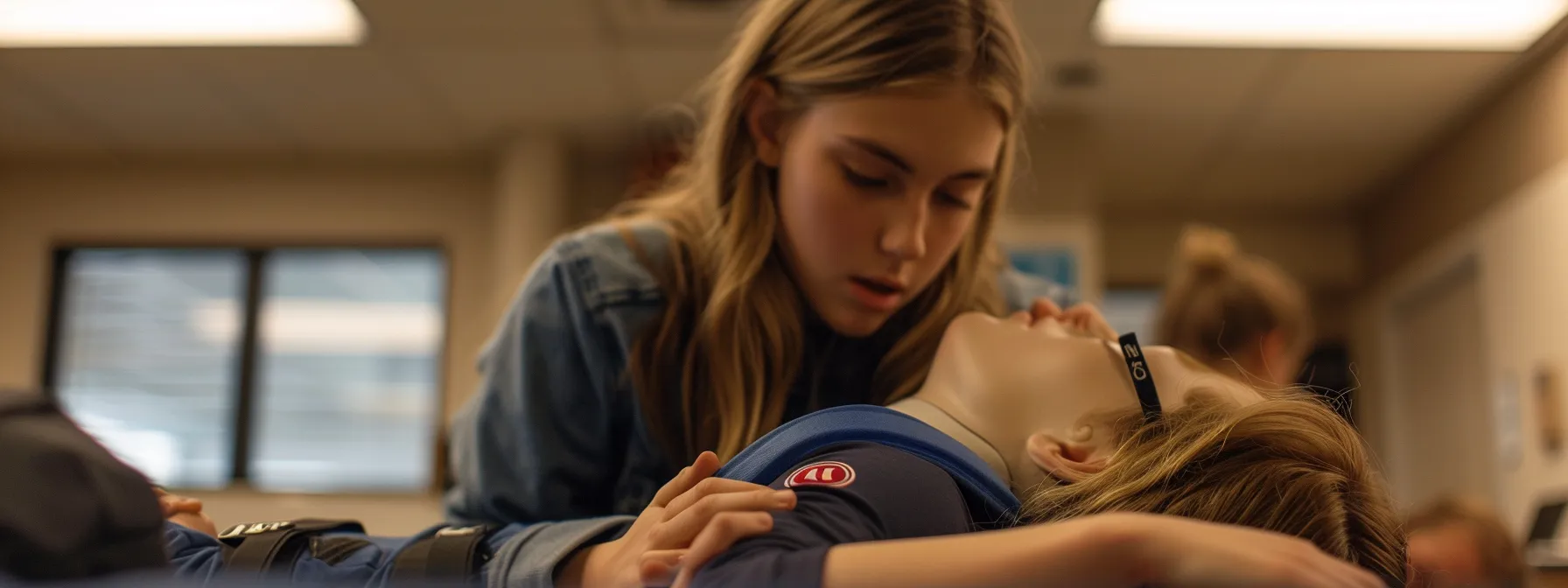
The core of any AED class is to demystify the operation of these life-saving devices. Students learn about the components of an AED, including the pads, battery, and voice command module. Trainers explain the importance of each feature and the role they play during a resuscitation attempt.
Classes also cover the protocol for turning on the AED and attaching the pads to the patient. The sequence of events is crucial: first, one calls emergency services; next, CPR is begun; then, if necessary, the AED is used. Training presents these steps in an easy-to-remember format that helps students react confidently in an emergency.
Instructors demonstrate the correct placement of pads, which varies depending on the patient’s age and size. The AED’s automated nature takes over once the pads are in place, analyzing the heart’s rhythm and advising if a shock is necessary. The simplicity of the process means that appropriate action can be taken even by those with minimal training.
Understanding the limitations and capabilities of AEDs ensures that responders use them effectively. For example, classes clarify when an AED should not be used, such as on a wet surface or around flammable materials. Such insights reinforce safety and enhance the device’s role in saving lives.
How AED Training Enhances Confidence and Readiness to Act
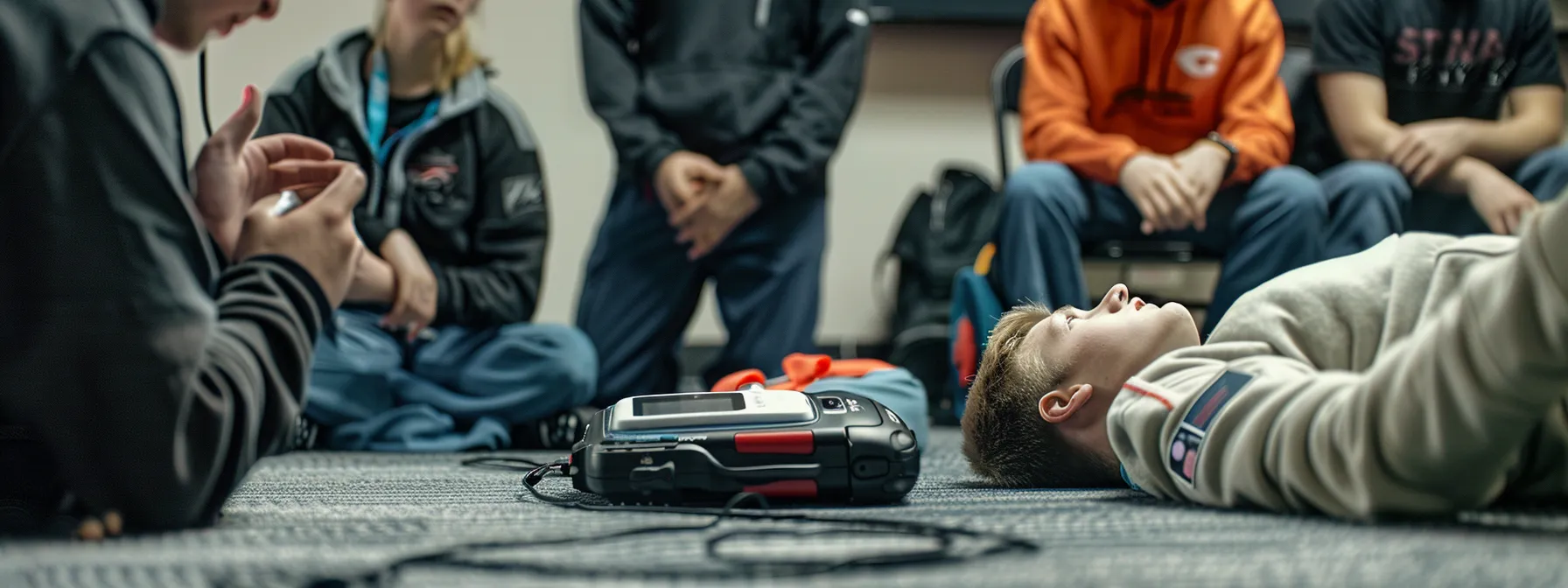
A key outcome of AED training is the confidence it instills in individuals. The fear of doing something wrong can be paralyzing in an emergency. However, comprehensive training courses alleviate this fear by providing hands-on practice and fostering familiarity with AEDs.
Beyond the technical know-how, classes offer the psychological preparedness to take decisive action. Role-playing scenarios can help mimic the stress and urgency of real-life situations, allowing students to experience the pressure in a controlled environment. This form of practice aims to reduce hesitation when an actual emergency occurs.
Training also emphasizes the importance of teamwork and communication during a resuscitation attempt. When individuals understand their role within the context of a larger emergency protocol, they become more effective. The collaboration between trained bystanders can lead to more successful outcomes.
The ultimate goal of any AED program is to ensure that graduates leave the class ready to act. Thus, the best training curricula reinforce the critical steps repeatedly, ensuring that the decision-making process becomes almost second nature to participants.
Overall, the case for AED training is compelling, with its benefits extending far beyond individual empowerment to encompass community resilience. By equipping ourselves with this knowledge, we become guardians of our communities, ready to step in and save a life when it counts the most.

